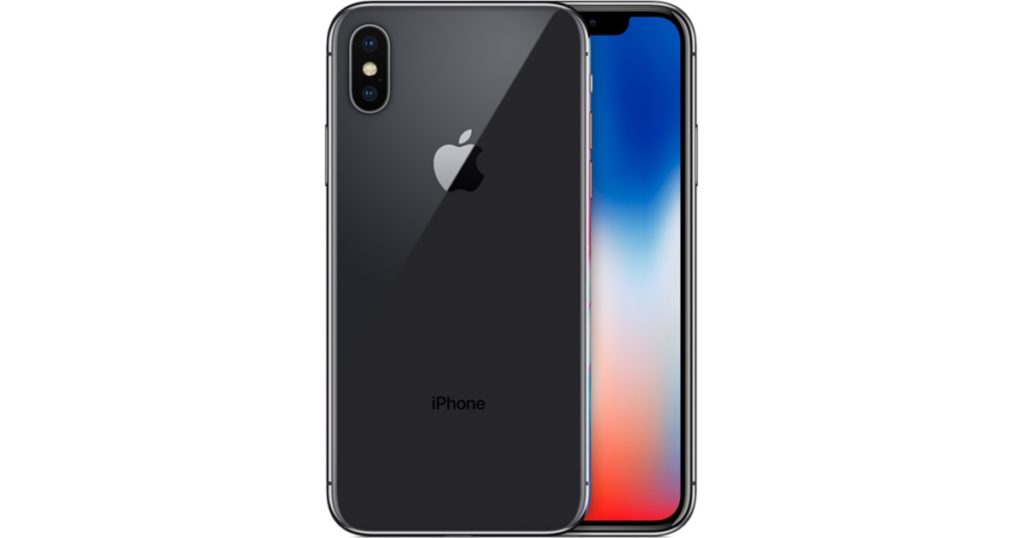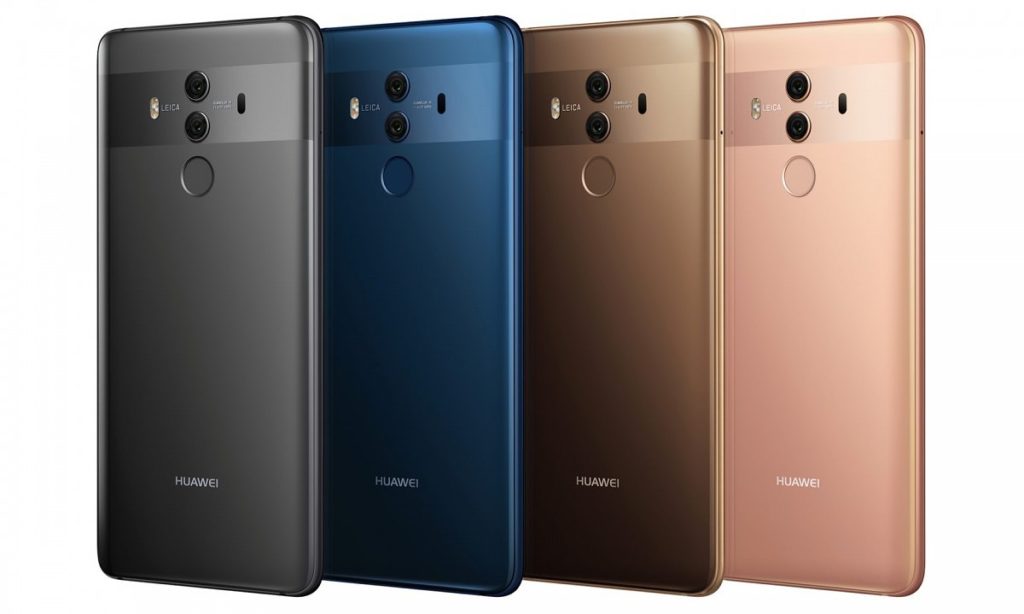Whether it is to click selfies or pursue photography, the camera has become the most salient feature of a smartphone. Here’s the list of Best Camera Smartphones of 2017.
Twenty Seventeen (2017) has all been about dual-camera. While the heavyweights from Apple and Samsung faired easily in the market, the likes from Google and Huawei was surprisingly well received by users. Companies didn’t even refrain themselves to drastically upgrade the selfie camera. Manufacturers like Huawei, OPPO and even Samsung caught up with the dual selfie camera hype.
Despite the constant evolution, it comes to a point that smartphone’s camera still can’t match with the quality of DSLRs. However, the best camera is the one with you. On top of that, the margin that separates both tech is now closer than ever.
With the year coming to an end, we take a look at some of the best camera smartphones the market has to offer. The list includes devices that have already hit the Nepali market, while some are still far from the launch.
Before we begin, note that the list is in no particular order.
Summary
iPhone X
Apple’s iPhone X was one of the most anticipated smartphones of the year; the reason being the phone’s revamped design. Although the phone has all been hyped for its bezel-less display, the camera of the phone is something users can’t [and shouldn’t] ignore about. And as expected, Apple’s vertically mounted dual-camera gets the job done for most of the users.
The rear part comes with dual 12MP camera setup, from which the first one is a normal lens, while the second acts as a telephoto lens. The first one carries an aperture rate of f/1.8, and the latter comes with f/2.4 aperture. Either of the lenses has OIS and is accompanied by a quad-LED flash. There’s also Apple’s own portrait mode allowing users to create a blurry background or bokeh effect.
For selfies, Apple has implemented a 7MP front camera with f/2.2 aperture rate. Interestingly enough, the front camera makes use of the portrait mode as well. Even so even, Apple’s so-called ‘Animojis’ is also known to make use of the front camera.
Samsung Galaxy S8+
Samsung’s flagship has always had good cameras, and the Galaxy S8+ is no different. Being a successor to last year’s Galaxy S7, the S8+ came with little to no change in terms of camera hardware. However, the optimization made by Samsung became the pinnacle of Samsung’s camera software. Great low-light photography and crisp images make the Galaxy S8+ a phone to be craved for.
There’s a single 12MP camera at the rear with f/1.7 dual-pixel sensor. It’s paired with Optical Image Stabilization (OIS), PDAF, and auto HDR mode. The rear sensor is capable of capturing pictures in Panorama mode, Selective focus mode (similar to iPhone’s portrait mode), and Hyperlapse mode.
The front of the phone, though, sees an upgrade from last year’s model. The S8+ comes with 8MP selfie camera with f/1.7 aperture promising users a great low-light photography, just like its rear.
Samsung Galaxy Note 8
Samsung’s Note 7 debacle didn’t hinder the company in any way. And we can clearly see that in the form of Galaxy Note 8. Akin to the S8+, the Note 8 is what a user should look in for if they are into an all-round photography. While the camera had already hit the pinnacle, Samsung’s inclusion of dual-lens has simply made the Note 8 one of the best, if not the best phone out there.
The phone rocks a dual 12MP sensor at the rear with dual-pixel technology. The first one is a wide-angle lens with f/1.7 aperture and 1.4µm pixel size, whereas the second one is a telephoto lens with f/2.4 aperture and 1.0µm pixel size. Both lenses come with OIS, while Samsung’s Live Photo feature allows users to capture images with great bokeh effects.
Up front, the 8MP camera with f/2.4 aperture handles all your selfies. And the icing on the cake is that the 1/3.6″ sensor is capable of capturing wide-angle images, making your groufie a bit fun.
Google Pixel 2 XL
Google Pixel 2 XL is some of the few smartphones that will never hit the shelves of Nepali market. And it’s unfortunate for us. The Pixel 2 XL is probably the best camera smartphone the market has to offer, period. The brainchild of Google accomplishes at everything that its Nexus brand couldn’t; including the camera, while it is also a perfect blend of a powerful hardware and an optimized software.
The phone comes with a 12MP sensor with f/1.8 aperture paired up with PDAF, OIS, and dual-LED flash. Despite shining a single sensor at the rear, the Pixel 2 XL does the job that no other phone could. With Google’s machine learning, the phone perfectly creates a blurred background and a bokeh effect, though, sometimes the Portrait mode is hit and miss.
With the rear camera being the phone’s marquee feature, the front shouldn’t be considered as a slouch either. There’s an 8MP camera with f/2.4 aperture bearing similar prowess to what the rear has to offer. The front camera is also capable of creating a depth-of-field effect through Google’s machine learning.
As for the video, the Pixel 2 XL is quite good and is one of the best in this category, if not the best. The videos are quick to focus, while it also offers balanced colors and lighting. However, you might want to check out the iPhone X, since it offers a better 4K video capture at a smooth frame rate of 60 frames per second.
HTC U11
The HTC U11 is one of the most underrated smartphones of 2017. The device has to offer everything the user is looking in for. And the camera is one of the few features that make this phone a worth picking for. The phone produces great detailed photos in most of the given lighting condition — all thanks to its auto HDR mode — while the videography is fine and dandy either.
The phone comes with 12MP ultra pixel sensor with f/1.7 aperture, PDAF, OIS, and dual-LED flash. Though there’s no feature to add bokeh effect like other phones, its ability to capture images in raw is much appreciated. On top of that, Google Photos can further enhance it for you if needed.
At the front, the superior 16MP sensor with f/2.0 produces great images even in low-lighting condition, which overcome its lack of LED flash at the front. The videos that the phone produces are sharp and comes with no distortion. It is possibly the best and most underrated flagship in the market.
Huawei Mate 10 Pro
Can’t forget a Chinese manufacturer eh? On the serious note, the Huawei Mate 10 Pro is a dark horse on this list. It’s something you shouldn’t stoop to. The handset produces some of the best still photos out there, while also capturing the best videos. A magic of Leica optics? maybe.
The smartphone comes with dual camera setup; the first one is a 12MP sensor for capturing color photos, while the secondary 20MP one is a Monochrome sensor. Impressively enough, both sensors comprise of f/1.6 aperture, thus providing the best low-light photos a phone has to offer. There is also Huawei’s ‘AI Zoom’ providing the best digital zoom, even outclassing the iPhone X’s optical zoom in specific lighting condition. This is expected, especially with a multitude of focus type the phone boast, including laser AF, PDAF, and depth perception.
For selfies, there’s nothing surprising, the phone comes with the 8MP camera and f/2.0 aperture.
So, that’s it. The list of Best Camera Smartphones of 2017. Let us know if we have missed any eye-catcher in the comment box below. And have a great New Year.













